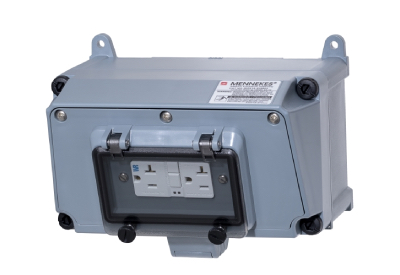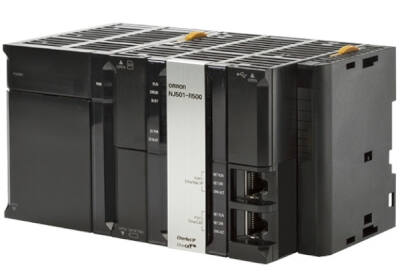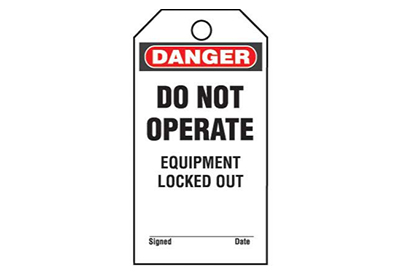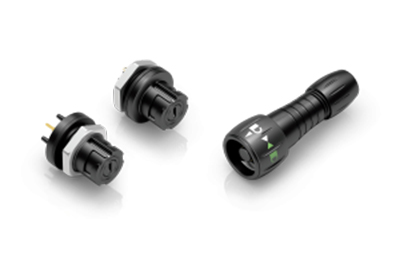A New Dimension In Decentralised Drive Technology
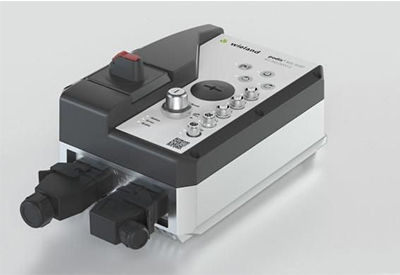
December 2, 2019
At SPS 2019, Wieland Electric presented the prototype of a new motor starter that adds a new dimension to decentralized automation in terms of size, safety functions and handling. The podisMS 5HP not only presents itself as the smallest decentralized motor starter in its power range, but also as the first decentralized motor starter with IP65 protection and integrated STO (Safe Torque Off) safety function. The drive solution, which can be parameterized without software, is also characterized by simple handling during commissioning, operation and maintenance and features a sophisticated thermal design which, together with electronic low-wear switching, contributes to a long service life – even with frequent switching cycles. As a decentralized drive solution for operating asynchronous motors, the reversing motor starter is based on the proven podis energy bus system from Wieland Electric and, thanks to international approvals, is perfectly suited for worldwide use in conveyor systems.
In order to simplify the planning and projecting of plants, Wieland has designed the podisMS 5HP to cover the power range from 0.3 to 5 HP (0.25 to 4.0 kW) with a single size. This also contributes to lower storage and administration costs. As there is only one order variant, the effort involved in procurement and materials management is also reduced. Installation and commissioning are also simple: Dip switches can be used to carry out complete parameterization directly on the motor starter. The user is supported by an intelligent web configurator and can make the appropriate settings for the respective motor and application step by step. The configurator and further information about the motor starter can be accessed by scanning the QR code on the front of the device, which can be done easily using a smartphone or tablet.
The integrated safety function STO (Safe Torque Off) allows functional safety to be done without additional safety components. The implemented safety circuit achieves PLe / SIL3. When the STO is activated, the motor is disconnected from the power supply, while the connected sensors and actuators as well as the motor starter continue to be supplied. This has the advantage that communication to the device and to the connected sensors remains active and a single drive or a group of drives can still be stopped. By integrating various motor protection functions, such as a stored thermal motor model, a thermo-mechanical circuit breaker and the option of reading out a motor with integrated PTC thermistor, a fully-fledged motor protection can be achieved.
Thanks to its international CE, UL and cUL approvals, the podisMS 5HP is ideally suited for worldwide use. Especially on the US market, it meets the required operating standards including the design of the repair switch in accordance with UL 508. This is an integrated maintenance switch that enables safe disconnection of the drives in the event of repair or maintenance by enabling individual conveyor lines or loads to be disconnected from the mains without having to shut down the entire system. A further advantage is the integrated specific power supply, which generates the necessary 24V DC auxiliary voltage for the supply of the connected sensors without using the neutral conductor and thus makes additional separate cabling superfluous. This saves time and material costs. The podisMS 5HP can also be used in harsh industrial environments thanks to its IP65 protection class design and the NEMA4 standard relevant for the US market.



